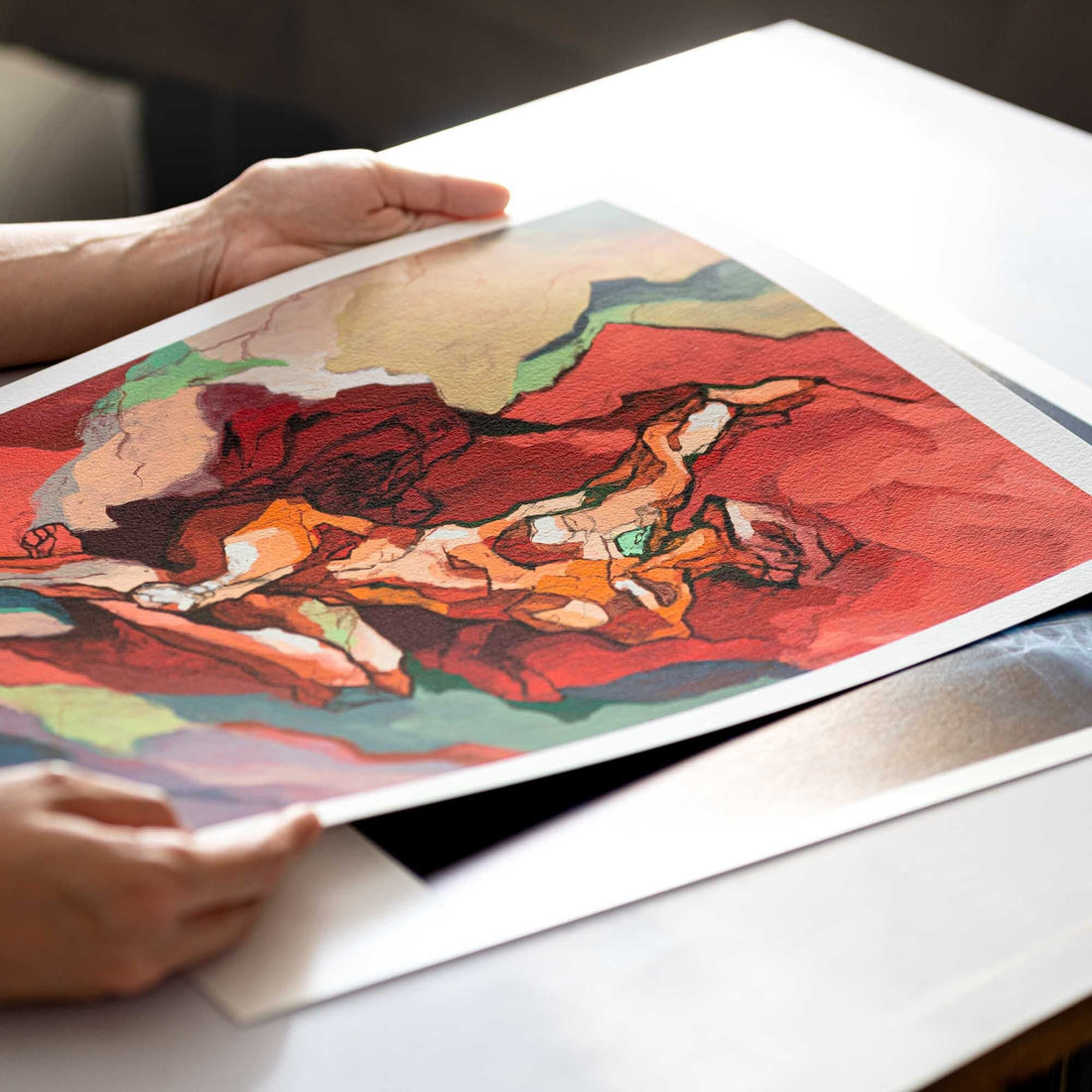What is a Giclée Print? Everything You Need to Know About High-Quality Art Prints

What Is a Giclée Print?
A Giclée print is a fine art reproduction created using specialized high-resolution inkjet printers. The term "Giclée" is derived from the French word "gicler," meaning "to spray," referencing the inkjet printing process. These prints are renowned for their exceptional detail, color accuracy, and longevity, making them a preferred choice for artists and collectors alike.

The Giclée Printing Process
The Giclée printing process involves several critical components:
-
High-Resolution Digital Capture: The original artwork is scanned or photographed at a high resolution to ensure all details are preserved.
-
Advanced Inkjet Printers: Specialized printers equipped with multiple ink cartridges spray microscopic droplets of pigment-based inks onto the chosen substrate.
-
Archival-Quality Substrates: Giclée prints are produced on acid-free, archival-quality materials such as cotton canvas or premium watercolor paper, ensuring durability and longevity.
Benefits of Giclée Prints
-
Superior Quality: Giclée prints offer high resolution and color accuracy, closely resembling the original artwork.
-
Longevity: When produced with archival inks and substrates, Giclée prints can last for decades without significant fading.
-
Versatility: Artists can reproduce their work on various materials and sizes, catering to diverse preferences.
-
Accessibility: Giclée prints make art more accessible to a broader audience, allowing collectors to own high-quality reproductions at a fraction of the cost of originals.

Caring for Your Giclée Prints
To maintain the quality and longevity of your Giclée prints:
-
Display Away from Direct Sunlight: Prolonged exposure to UV rays can cause fading.
-
Control Humidity and Temperature: Store prints in a stable environment to prevent warping or mold growth.
-
Use Protective Framing: Consider framing with UV-protective glass and acid-free mats to safeguard the print.

